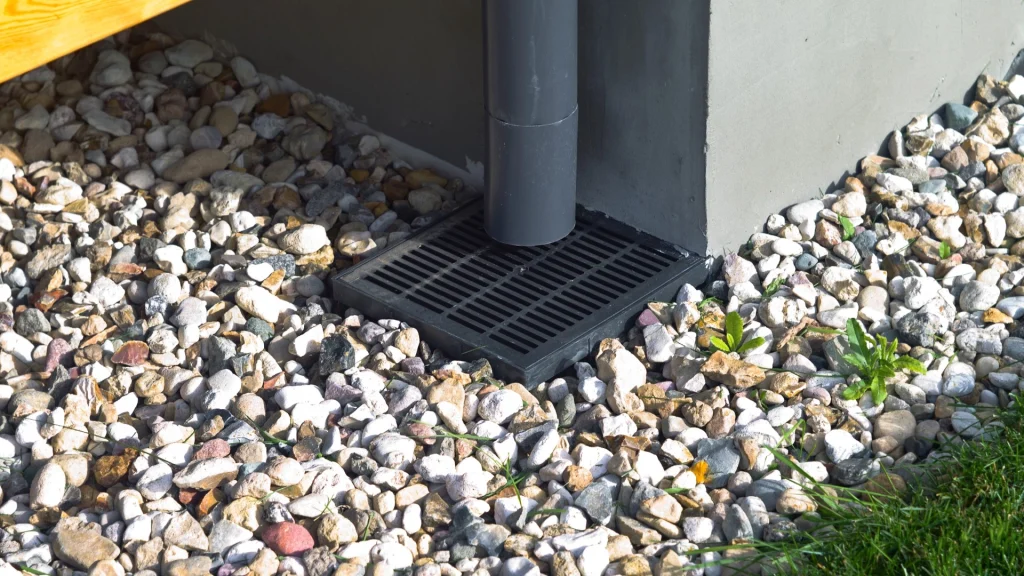Clogged drains pose serious risks — and spring is the time to act
Others are reading now
As spring approaches and rain begins to saturate the ground, homeowners are being urged to inspect and empty their property’s drains — or risk facing costly water damage, fungus, and rot.
According to Norva24, the problem is more widespread than many realize.
“People often forget they have one or more drains on their property,” warns Daniel Hansen, operations director and sewer expert at Norva24.
“It’s a classic case of ‘out of sight, out of mind,’ but neglecting these hidden systems can lead to major damage to your foundation and basement,” he added.
Also read
With melting snow, rising groundwater levels, and spring rain, this season is a high-risk period for flooding and moisture problems.
Leaves, moss, and other debris get washed from the gutters into the drains, especially if a sand trap hasn’t been emptied in over a year.
If the trap becomes clogged, the consequences can be serious:
-
Water can rise inside the drain and penetrate the basement
-
Moisture can spread to cavity walls, leading to mold or rot in insulation
-
If a well’s lid is sealed tightly, water can overflow back into the gutter system, further worsening infiltration
“At this time of year, the ground is typically well saturated with water,” Hansen explains. “That increases the pressure on your drainage system — especially if it hasn’t been maintained.”
Don’t Forget the Perimeter Drains
In addition to cleaning visible grates and wells, Hansen emphasizes the need to inspect and flush perimeter drains, particularly for houses located in low-lying or damp areas.
Many homes have perimeter drains connected to the downspouts, which can become blocked with ochre (iron deposits) over time. Without regular flushing, these drains lose their ability to divert water away from the house’s foundation.
“If the downspout fails and the perimeter drain is clogged, the water has nowhere to go — and that’s when it starts to find its way inside your home,” warns Hansen.
For coastal homes, fine sand blown onto roofs can accumulate and, with rainfall, be washed into the drain system.
In wooded areas, leaves and pine needles add to the problem.
“It’s a dangerous cocktail,” Hansen says. “That’s why the summer house’s drain should not be forgotten — even if you’re only using the home a few times a year.”
What You Should Do Now
-
Inspect all external drains, including hidden or covered wells
-
Flush the downspouts and perimeter drains at least once a year
-
Remove any visible debris such as leaves, moss, or sand
-
Check your summer house drain system before the spring rains begin
Take a few hours now, and save yourself major headaches down the line.








